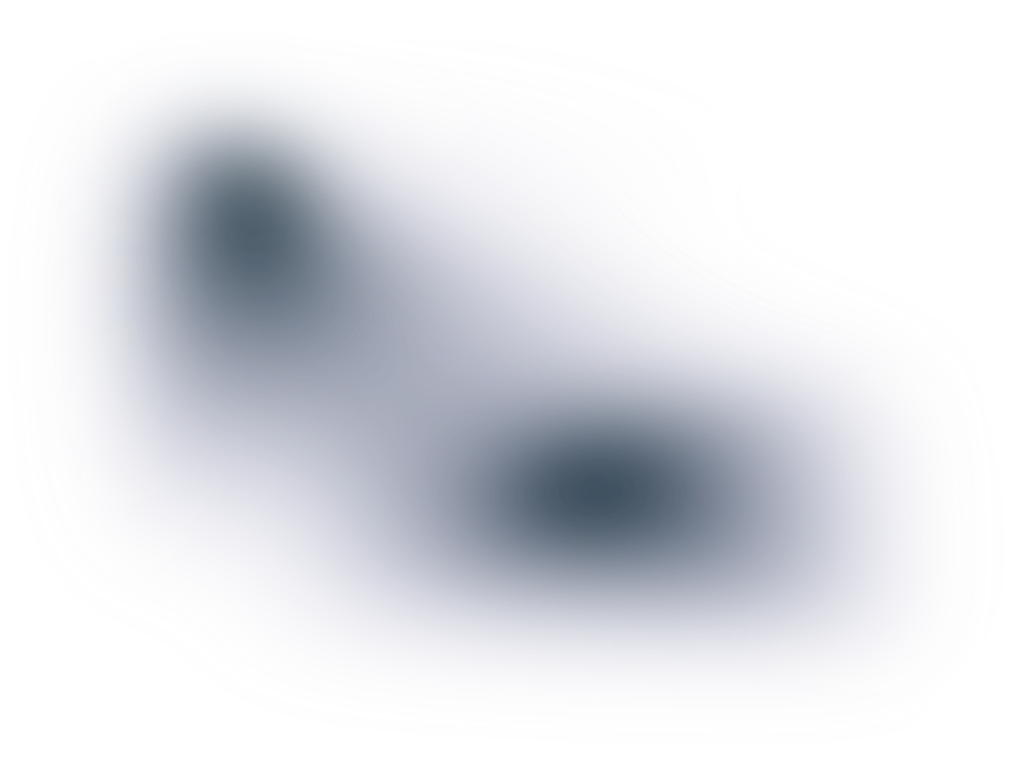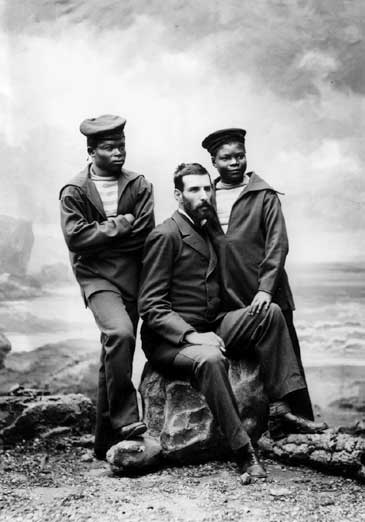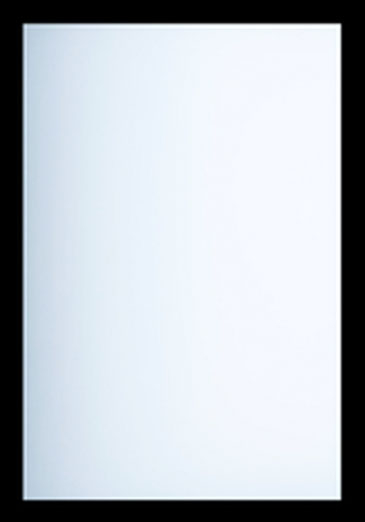The Semiotic Chain, by way of Barthes
Douglas Harper’s findings from his research into photo elicitation summarise the idea I hope to exploit from using the photographs captured for .haul / S,
…the photographs become something like a Rorschach ink blot in which people of different cultures spin out their respective worlds of meaning. The procedure is fuelled by the radical but simple idea that two people standing side by side, looking at identical objects, see different things.
Harper, 2002, p. 22To meet the aims of this project, there is little cultural information codified in the images, besides whatever subject is already present. I am hesitant to say that there is no cultural information, for a number of reasons. The images in .haul / S’ four sound & photography pieces: blurred and glitched cityscapes in 14AB2, industrial storage tanks surrounded by smears of colour in dánbeag #3, vague telephone lines emerging from a bleak soup in nialas rud, and lensless images reminiscent of Wolfgang Tillmans’ monochrome works and Rauschenberg’s White Paintings in ( )[2], all imply a broad range of cultural connotations; even the very fact that they are photographs. I have not consciously suggested any cultural interpretations within the images outside of their initial content, leaving the audience hypothetically able to free-associate when they view the works, but nevertheless, cultural connotations, however vague and unformed, are still, and always will be, present; "…it is always something that is represented”. (Barthes, 1980, p. 28).
My practice initially lent itself to Roland Barthes’ notion of studium and punctum, but has deviated considerably, and is perhaps, in some ways, an antithesis of his ideas. As my photographs rarely feature a concrete subject, I suggest that they, as a general rule, do not contain a studium:
[studium is] the element in the photograph which we perceive as familiar due to our knowledge and culture … The studium is part of the general theoretical discourse; it is the way I read, or the way I am affeccted by the photograph according to my former knowledge which always plays a part in how things appear to me. I describe what I see in the photograph in light of my education, my political opinions and my values. Those were all “given” to me by my culture and are not really “my own”
Levy, 2009, p. 397[studium] always refers to a classical body of information. … Thousands of photographs consist of this field, and in these photographs I can … take a kind of general interest, one that is even stirred sometimes, but in regard to them my emotion requires the rational immediary of an ethical and political culture, What I feel about these photographs derives … almost from a certain training … It is by studium that I am interested in so many photographs…for it is culturally (this connotation is present in studium) that I participate in the figures, the faces, the gestures, the settings, the actions.
Barthes, 1980, p. 25-26.Barthes assumes that all photographs intentionally represent, and thus lead to the spectator - to use Barthes’ term - uncovering a punctum (any element of a photograph that causes an unintentional emotional reaction in the spectator):
The second element will break (or punctuate) the studium. This time it is not I who seek it out (as I invest the field of the studium with my sovereign consciousness), it is the element which rises from the scene, shoots out of it like an arrow and pierces me. A Latin word exists to designate this wound, this prick, this mark made by a pointed instrument…This second element which will disturb the studium I shall therefore call punctum; for punctum is also: sting, speck, cut, little hole - and also a cast of the dice. A photograph’s punctum is that accident which pricks me…
Barthes, 1980, p. 26-27My works’ relationship to punctum, the element that ‘breaks’ the studium, causing a personal, emotional reaction in the spectator, is less problematic, in relation to .haul / S, than its relationship to studium. I would argue that the absence of specificity in my photographs allows the spectator to construct or uncover their own punctum more readily than Barthes proposes - the examples given in Camera Lucida (1980) seem to be responses based on possible cultural connotations within the photographs, such as the boy with the crossed arms in Nadar’s Savorgnan de Brazza (1882), demonstrating how Barthes outlines the punctum as being directly related to the studium. Through the process of creating .haul / S, I find myself in disagreement that a studium needs to be present at all. My hope with the work is that any element of the sound or image could trigger a personal memory or meaning for the listener-spectator, largely because of the absence of studium; the timbral or pictorial qualities (etc.) in the pieces forming a step that mediates between the piece and any potential meaning(s); the Rorschach ink blot proposed by Harper.
Whilst I accept that my argument and methods somewhat negate Barthes’ description of studium and punctum, I do nevertheless submit that it is in line with his overall analysis of photography. In the early pages of Camera Lucida, he states that the photograph is what it is, rather than what it represents (Halihoun, 2004),
…the photograph mechanically repeats what could never be repeated existentially. In the photograph, the event is never transcended for the sake of something else: the Photograph always leads the corpus I need back to the body I see; it is the absolute Particular, the sovereign Contingency, matte and somehow stupid…the Photograph is never anything but an antiphon of “Look,” “See,” “Here it is”…A specific photograph… is never distinguished from its referent…
Barthes, 1980, p. 4-5Thus, when I present highly abstract photographs (and sounds) with no external information (no programme note, list of source material, discernible subject etc.), then the viewer has no choice but to either reject the photographs (find no meaning), or decode a meaning that is personal to them, via a free-association triggered by the aesthetic details of the work.

[2] ( ) is an open-titled piece in which the audience is invited to devise a title in line with their experience.



